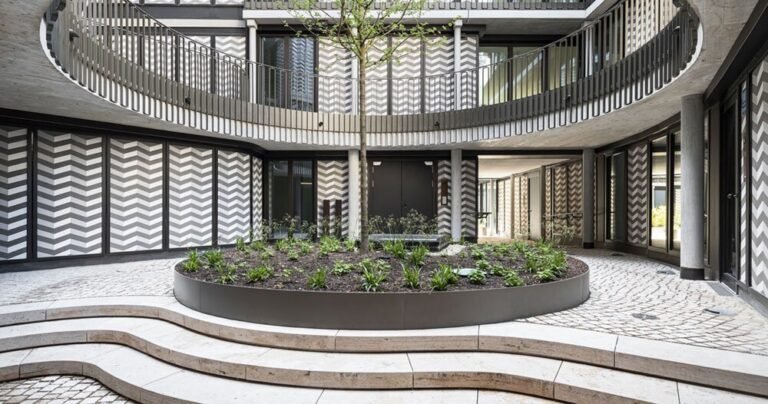danish pavilion unveils transhuman installation ‘we walked the earth’ at venice art biennale
uffe isolotto’s ‘we walked the earth’ at venice art biennale 2022
At the Venice Art Biennale 2022, the Danish pavilion presents the haunting transhuman installation We Walked the Earth created by Uffe Isolotto and curated by Jacob Lillemose. Spread over the entire pavilion, the piece welcomes visitors into a hyperrealistic world where images of Danish pastoral farm life mix with bizarre sci-fi elements, weaving a world of uncertainty. We Walked the Earth showcases a drama of life and death that focuses on a family of three centaurs. Struggling to cope with the challenges of our current ever-changing reality, the centaurs embody a state of turmoil between despair and hope, reflecting the profound ambiguity of today’s world.
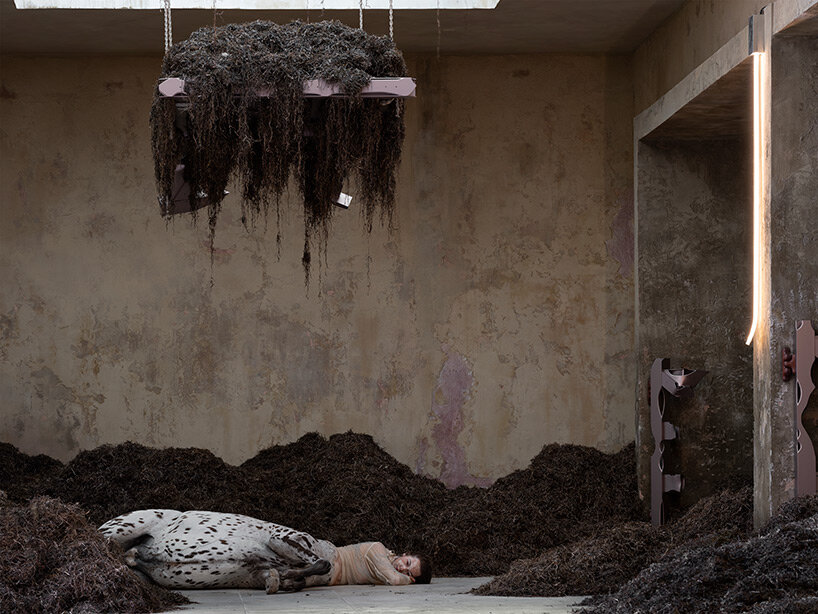
Uffe Isolotto, We Walked the Earth, Pavilion of Denmark, Biennale Arte, 2022
image courtesy of Ugo Carmine (also head image)
distorted images of danish country life
We Walked the Earth by Uffe Isolotto (see more here) transforms the pavilion into a farmhouse-like space paved with field stones, filled with piles of eelgrass and horse manure. Visitors to the Venice Art Biennale 2022 (see more here) are able to traverse the pavilion and discover images reminiscent of an idyllic Danish country lifestyle.
Nevertheless, on closer examination, it becomes apparent that all these seemingly familiar elements are, in fact, altered and distorted. The traditional Danish farming tools that lie around within the interior are, in reality, curious reinterpretations. What’s more, in one of the rooms hangs a mutated ham, and unfamiliar species of farm crops are scattered around the pavilion, some oozing a blue fluid.
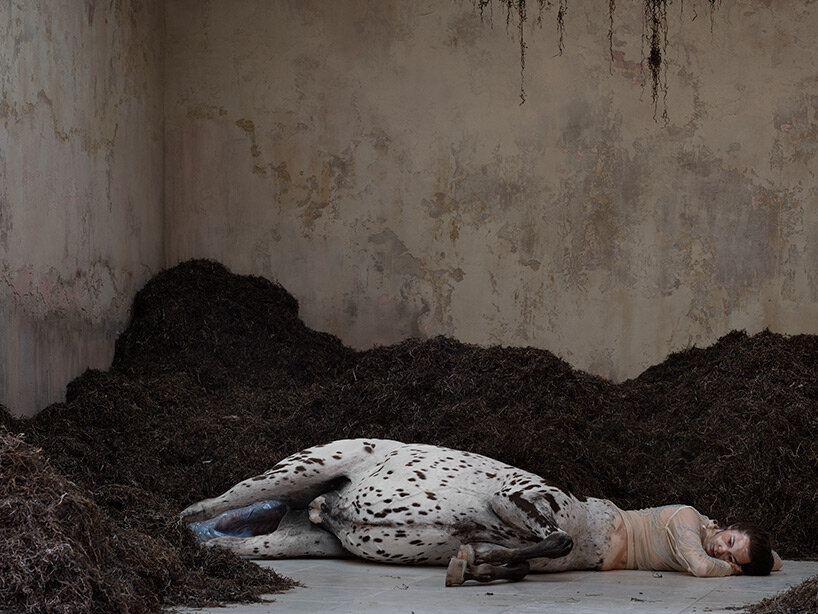
Uffe Isolotto, We Walked the Earth, Pavilion of Denmark, Biennale Arte, 2022
image courtesy of Ugo Carmine
A drama of life and death
Amid these peculiar surroundings, two hyperrealistic centaur sculptures emerge as the protagonists of the installation. Their unusual form serves as a testimony of the dramatic and demanding process they had to endure in order to adapt to the new conditions of our changing world. Their faces, bodies, and hands are a fifth larger than an average human and covered in markings. Meanwhile, the same blue fluid oozing out of the farm crops seems to be sustaining them through tubes, leaving viewers to wonder whether it is a heating agent, a form of nutrition, or a drug.
A drama of life and death plays out across the two main rooms of the pavilion. In one room, the male centaur has taken his own life, and can be found hanging from a chain suspended from the ceiling. In the adjacent room, the female centaur is lying on the floor, giving birth to a baby centaur that seems to be of a different hybrid than its parents. Its human hands are mutated towards something that both holds a promise for the future and suggests hard times ahead.
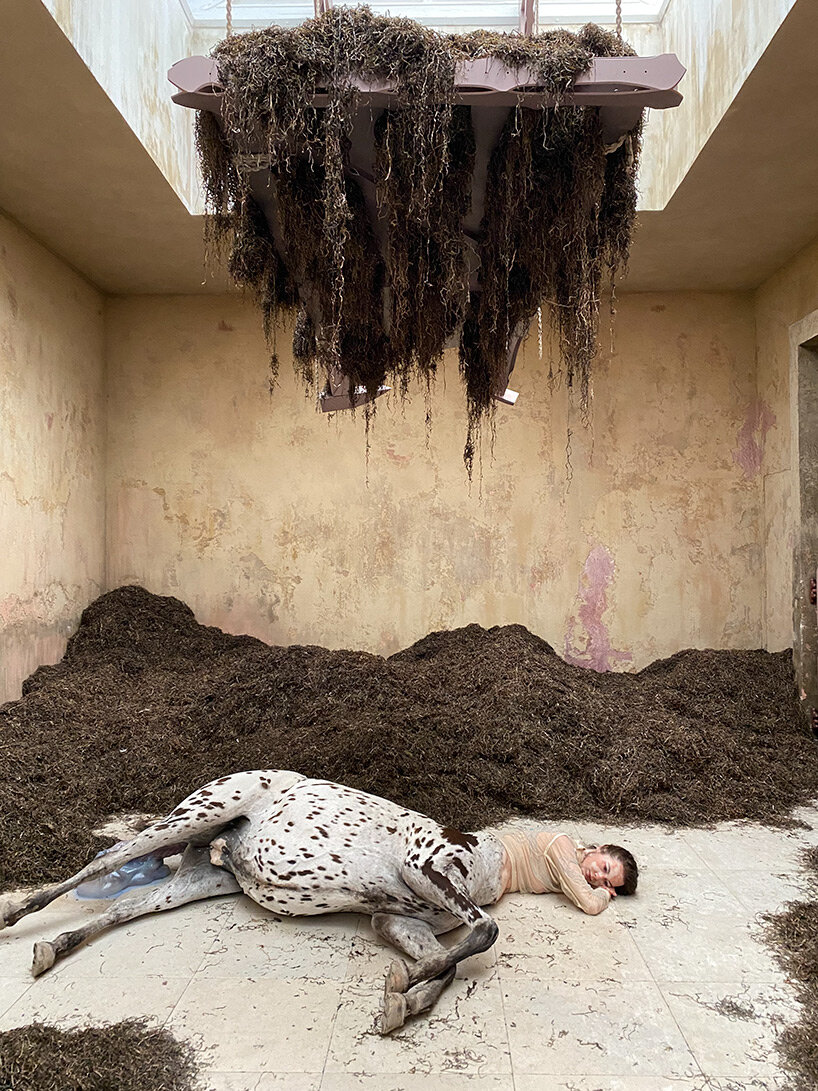
Uffe Isolotto, We Walked the Earth, Pavilion of Denmark, Biennale Arte, 2022
image © designboom
‘There is a deep uncertainty in understanding what has happened to the centaurs and the world they live in. Is it a tragic or hopeful situation, or perhaps both?’ mentions Uffe Isolotto. ‘Even though the centaurs may not be real, we feel their struggle.’
‘The present time we live in is becoming increasingly complex and unpredictable as we face a lot of challenging realities, whether ecological, political or existential. There’s much hope and despair in the air, and I want to make that a physical reality with this installation.’ the artist explains. ‘We Walked the Earth also draws on experiences from my personal life that in a metaphorical sense resonate with more universal feelings and thoughts about life and death that I sense exist in the world today.’ he adds.
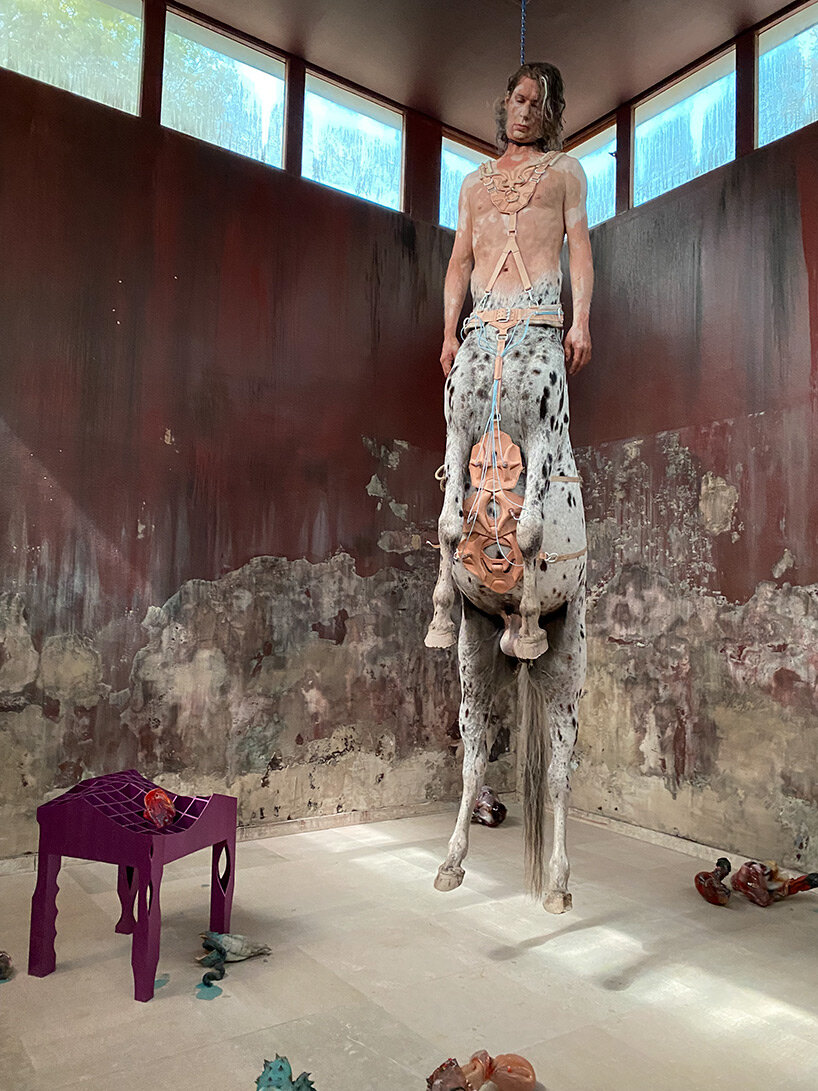
Uffe Isolotto, We Walked the Earth, Pavilion of Denmark, Biennale Arte, 2022
image © designboom
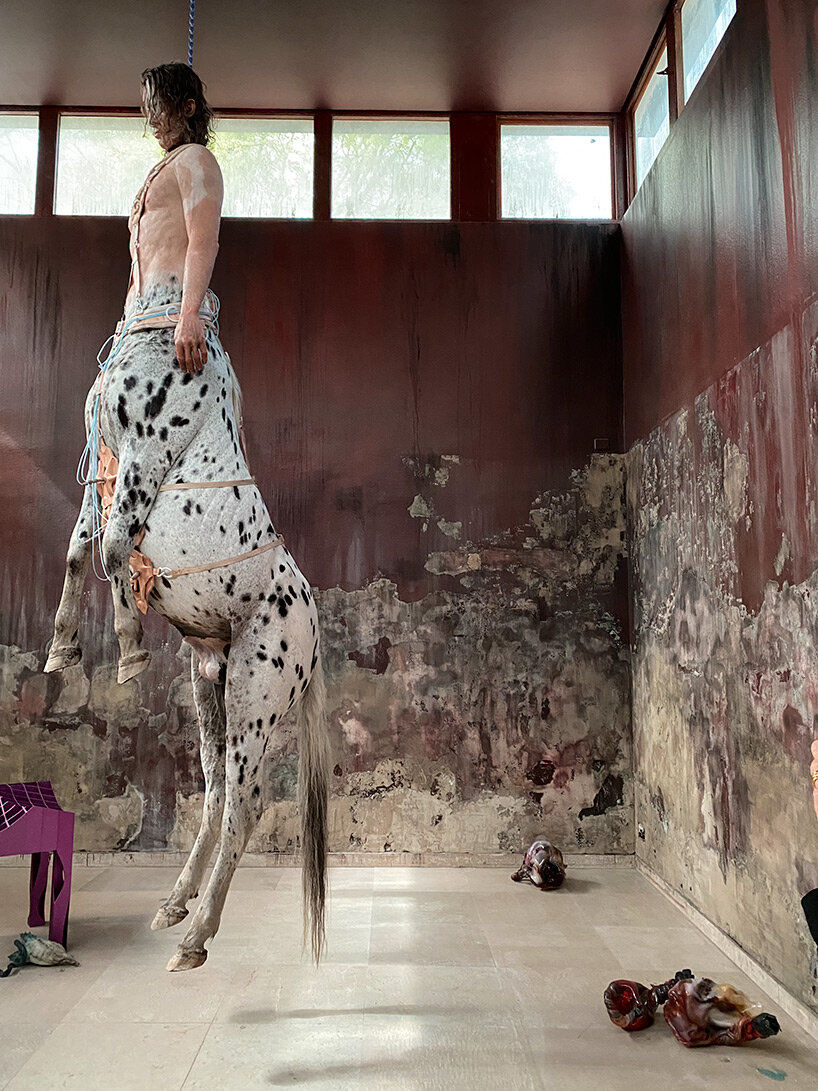
Uffe Isolotto, We Walked the Earth, Pavilion of Denmark, Biennale Arte, 2022
image © designboom

